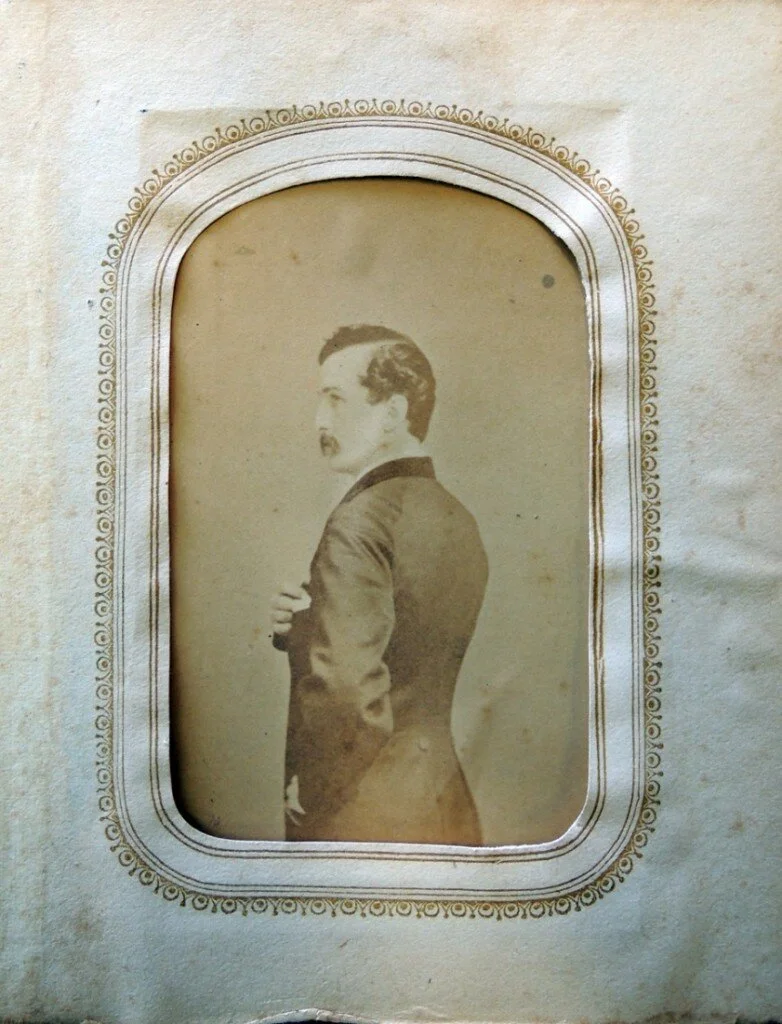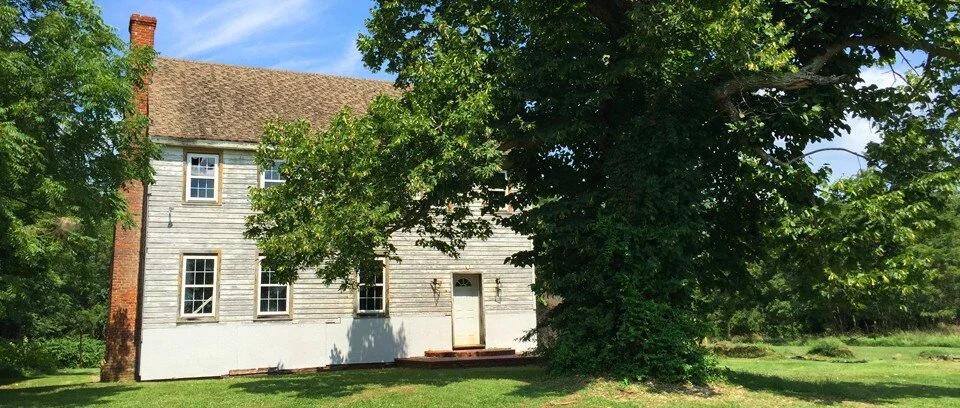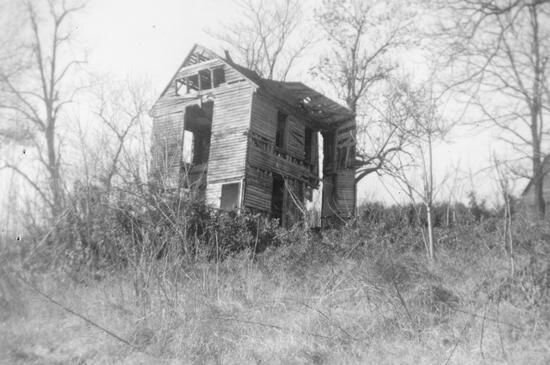Holmes In America: The Escape Route of John Wilkes Booth
A hundred Federal cavalrymen had combed that region, known as Anacostia, in the days since the assassination without turning up a single lead.
It was as if a gigantic hot air balloon had lifted Booth and his horse, and vanished in the sky.
— One Must Tell the Bees
The escape route followed by John Wilkes Booth after assassinating President Lincoln is easy to follow, running more or less along Route 301, but it does not offer much in the way of interesting sights to see.
For a detailed fictionalization behind the escape of John Wilkes Booth, obviously it is retold in One Must Tell the Bees, but there is a fine retelling in the Civil War Trails John Wilkes Booth Brochure you can download here.
1) Ford’s Theatre 2) Mary Surratt’s Tavern 3) Dr. Mudd’s House 4) Rich Hill, the house of Colonel Samuel Cox 5) Attempt to cross the Potamac (Popes Creek Road) 6) Garrett’s Farm [map courtesy of The Washingtonian]
Much of the Maryland portion of the journey is now part of the sprawling suburbs of Washington D.C., and none of the Virginia sites are on public land.
The Surratt tavern where Booth and Herold stopped to pick up sidearms not long after the killing is now a museum right on 301 and the house of Dr. Samuel Mudd, where Booth and Herold spent the first night, a short detour off the main road is a museum as well.
Rich Hill, the home of Samuel Cox, a Confederate sympathizer who directed Booth and Herold to a pine thicket where they hid for five days waiting for an opportunity to cross the Potomac River while being cared for by a relation of Cox, has not been refurbished.
Booth spent much of those five days in hiding reading newspapers describing his deed and was shocked to learn he was not considered a hero by Northern or Southern papers, prompting him to write diatribes explaining his actions. Unfortunately, the pine thicket is no longer identifiable.
The Garrett barn, where Booth and Herold were finally trapped and brought to bay, no longer exists, and its remains are on private property just off Route 301 and not accessible to the public.
Signs warn motorists not to stop.
(J. Wilkes Booth portrait Charles Deforest Fredricks (1823-1894) graphicarts.princeton.edu
Surratt Tavern photo surrattmuseum.org, St. Catharine photo drmudd.org, Rich Hill photo richhillfriends.org, Garret House photo / public domain.)

![1) Ford’s Theatre 2) Mary Surratt’s Tavern 3) Dr. Mudd’s House 4) Rich Hill, the house of Colonel Samuel Cox 5) Attempt to cross the Potamac (Popes Creek Road) 6) Garrett’s Farm [map courtesy of The Washingtonian]](https://images.squarespace-cdn.com/content/v1/61325c94cadf6e21324818ea/1632259310908-9JSLNYNHEN5OVRJ3HZ7P/152b968d3637bcb4e8ba7ec621ecb395--abraham-lincoln-funeral.jpeg)



